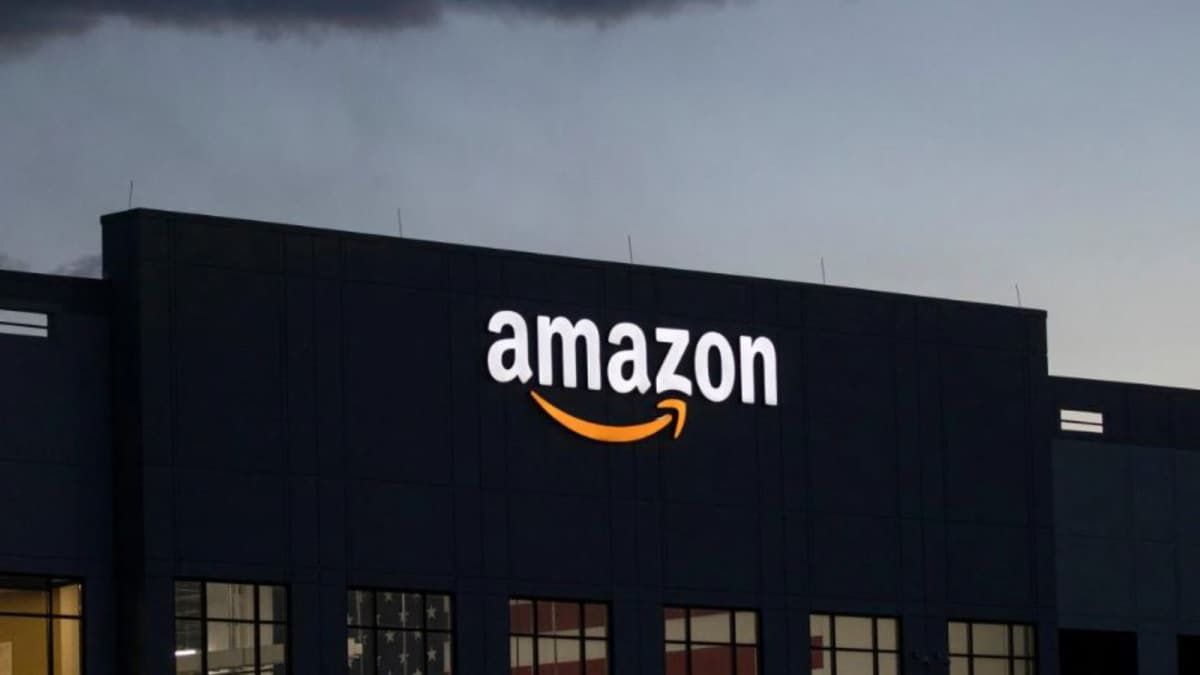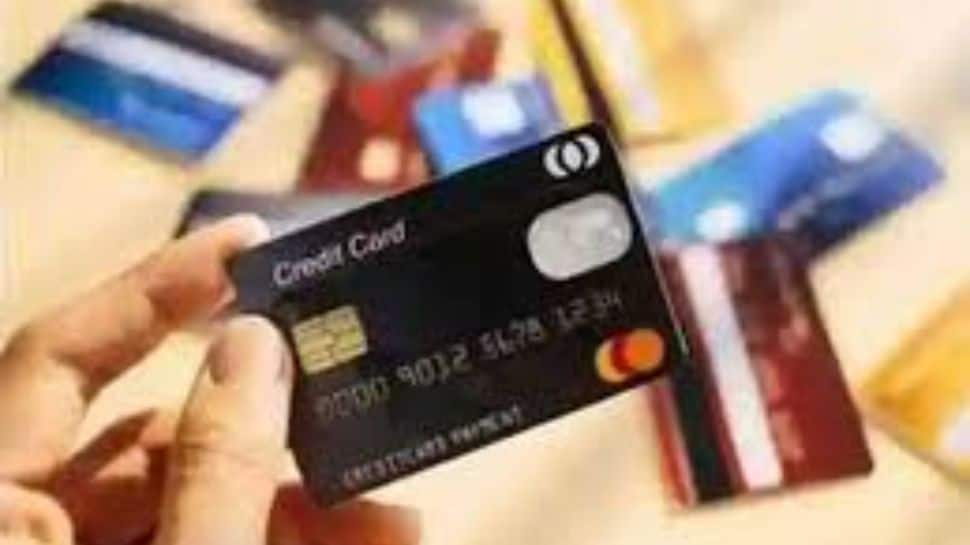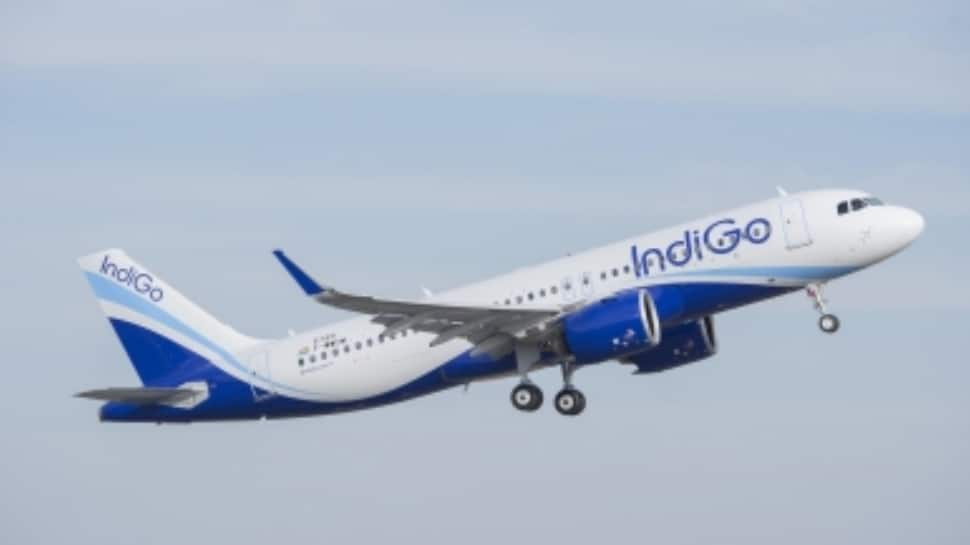Business
Pokémon, sports trading card boom boosts Target, Walmart ahead of holiday season

Trading cards of the game “Magic” are located in a shop where a “Magic” tournament is taking place.
Frank Rumpenhorst | picture alliance | Getty Images
As screentime soars and technology races ahead, a low-tech pastime is back in a big way: collecting trading cards.
The cardstock depicting everything from NFL standouts to Pokémon and even Taylor Swift is one of the hottest toy categories in stores this year. Big-box retailers are stocking up ahead of the holidays, anticipating that demand will extend beyond traditional toy buyers like children and collectors.
“We see trading cards being a hot gifting category for all ages that we will fuel with newness and with exclusive drops,” Rick Gomez, Target’s executive vice president and chief commercial officer, told CNBC. “We’re going to have new releases nearly every week during the holidays that’s going to drive demand. And these make for great gifts and great stocking stuffers.”
Strategic trading card sales — which exclude sports — are up 103% year-to-date through August, while non-strategic card sales, which tend to be collectible pop culture or sports cards, are up 48%, according to market research firm Circana.
Target’s trading card sales are up nearly 70% year-to-date, with annual revenue from the category expected to top $1 billion.
Sales on some online platforms are rising even faster. Walmart Marketplace reported a 200% jump in trading card sales from February 2024 to June 2025, with Pokémon sales up more than tenfold year-over-year during the same period, the company first told Axios. The retailer has even launched a new weekly influencer livestream series focused on sports collectibles.
Since 2021, strategic card sales have grown by $891 million, or 139%, to total $1.5 billion, according to Circana. Sales of non-strategic cards and collectible stickers climbed by $565 million, or 156%, to $925 million in the same period, Circana said.
Millennials and Gen Z customers have been crucial for growth, said Juli Lennett, vice president and industry advisor for Circana’s U.S. toys practice.
“Lots of adults are buying these because it brings them back to a time when they had no cares in the world,” Lennett said. “It’s an affordable luxury with the economy right now. Some couldn’t afford cards as kids and now they have their own money and no one’s there to say ‘no’.”
Some buyers also treat cards like alternative investments. Through August, the value of Pokémon cards has delivered a cumulative return of 3,821% since 2004, according to an index by analytics firm Card Ladder, the Wall Street Journal reported. To combat online resellers, many stores now limit purchases to two packs per customer.
While the trading card category has boomed this year, not everyone is convinced the segment will boost sales during the peak holiday shopping season. Within the past six months, 19% of adults said they purchased Pokémon cards for themselves, signaling they may not be buying them for others in the weeks ahead, according to Circana.
“There has been steady growth in the category, but a large chunk of buyers are purchasing for themselves. There isn’t as much gifting here as you see in other toys,” Lennett said.
Pokemon cards released in 1999
Yvonne Hemsey | Hulton Archive | Getty Images
A year-round rush
What trading cards may lack in holiday flair, they make up for in consistency.
Cards stand apart from most toy categories in two key ways: they are frequently self-purchased and not “super seasonal,” Lennett said.
“Cards sell just as well in March or July as they do in December,” she said. “That makes them very attractive to retailers trying to offset seasonal risk.”
Target, which often gets a bump from merchandise tied to holidays, has tried to capitalize on the year-round fervor for cards.
“We expanded our assortment. We increased the number of drops that we have. We put trading cards in a more prominent place in store, did bolder displays and the business has responded,” Gomez said. “We don’t see the business slowing and we see it continuing to grow in popularity.”
Pokémon remains the category’s top performer, with card sales topping $1 billion last year — it’s the first toy brand to hit that milestone in the U.S., according to Circana. Sports cards are also becoming more popular, particularly among teen boys, with NFL packs leading the charge.
“A lot of different people are coming in to buy. You have your adult collector who’s buying for themselves, but we also see a lot of families coming in with kids requesting them and asking their parents for trading cards,” Gomez said. “It’s a great gift for parents, for kids, especially if they know that they’re into sports or Pokémon.”
While contemporary releases are booming across people aged eight to 28, vintage cards — typically pre-1970s — haven’t connected as strongly with Gen Z and Gen Alpha collectors.
“The majority of my customers aren’t looking for vintage,” Matthew Winkelried, CEO of New York-based Bleecker Trading, told CNBC. “Younger people don’t want to dig through 1960s cards unless they see a Mickey Mantle or Hank Aaron. Plus, the scarcity and price of vintage cards make it a tough entry point.”
Topps trading cards are arranged for a photograph in Richmond, Virginia.
Jay Paul | Bloomberg | Getty Images
Changing customers
After a near-collapse in the 1990s due to overproduction, the trading card industry has rebounded. Growth has been particularly strong since the pandemic, propelled by a blend of nostalgia, community and, for some, investment potential.
For many, cards offer a sense of belonging — whether it’s exchanging cards or playing a game like Pokémon or Magic: The Gathering.
“You still have the game players, and that’s a really tight-knit community,” said Jason Howarth, senior vice president of marketing and athlete relations at Panini America, which supplies sports cards to retailers like Target and Walmart. “Among sports fans, there’s a huge sense of camaraderie around trading. And with Pokémon too, I’ve heard game nights still play a major role in keeping that ecosystem alive.”
For those looking to cards as a store of value, Pokémon cards often prove to be a stronger investment than their sports counterparts, said Winkelried of Bleecker Trading.
“Maybe a highly touted rookie joins the league, and you buy their card early hoping it’ll rise in value,” he said. “The value can change week to week. It’s volatile like a stock.”
He added: “Pokémon is like a commodity. Pikachu can’t tear an ACL or get a DUI. Supply is limited, so the market is more stable.”
Looking past the holidays, major retailers are focusing on building the category’s long-term future. Target is betting on exclusive sets, limited specialty drops and drawing a more diverse consumer base.
“We are looking at reaching not only breadth of age with trading cards, but also gender,” Gomez said.
That process is already underway. The WNBA is now one of the fastest-growing segments in sports cards, particularly among young girls.
And with the 2026 FIFA World Cup spanning the U.S., Canada, and Mexico, soccer is poised to surge next.
“Caitlin Clark, Paige Bueckers and Angel Reese have done wonders for the WNBA trading card business,” Howarth said. “Once it hits June, the U.S. marketplace is going to be taken over by soccer. Fans already know the global stars like Messi, but with the World Cup being held here, at least four or five players will skyrocket in popularity and get recognized.”
Business
Amazon To Invest $35 Billion In India By 2030 With Focus On AI-Driven Digitalisation

Last Updated:
“Amazon to date has invested USD 40 billion in India since 2010. Now we will invest another USD 35 billion by 2030 across all our businesses in India,” Agarwal said.
Amazon To Invest USD 35 Bn In India By 2030 With Focus On AI-Driven Digitalisation
E-commerce giant Amazon is set to invest a mega-investment of USD 35 billion, over Rs 3.14 lakh crore, in India by 2030 across its businesses with a focus on AI-driven digitisation, export growth and job creation, a senior company official said on Wednesday.
Senior VP Emerging Markets, Amit Agarwal, made the announcement during the Amazon Smbhav Summit, saying the company has set a target to quadruple exports from India to USD 80 billion from about USD 20 billion.
“Amazon to date has invested USD 40 billion in India since 2010. Now we will invest another USD 35 billion by 2030 across all our businesses in India,” Agarwal said.
Amazon’s investment plan is two times of Microsoft’s investment plan of USD 17.5 billion and close to 2.3 times that of Google’s USD 15 billion investment plan by 2030.
With this investment, Amazon will become the largest foreign investor in India, according to a Keystone report compiled from publicly available data.
In May 2023, Amazon announced plans to invest USD 12.7 billion in India by 2030 into its local cloud and AI infrastructure across Telangana and Maharashtra. The company has already invested USD 3.7 billion in India between 2016 and 2022.
The company has invested at scale towards building physical and digital infrastructure, including fulfilment centres, transportation networks, data centres, digital payments infrastructure and technology development.
According to the Keystone report, Amazon has digitized over 12 million small businesses and enabled USD 20 billion in cumulative ecommerce exports, while supporting approximately 2.8 million direct, indirect, induced and seasonal jobs across industries in India in 2024.
(With inputs from agencies)
December 10, 2025, 10:58 IST
Read More
Business
Stock market today: Nifty50 opens above 25,850; BSE Sensex up over 100 points – The Times of India

Stock market today: Nifty50 and BSE Sensex, the Indian equity benchmark indices, opened in green on Wednesday. While Nifty50 was above 25,850, BSE Sensex was up over 100 points. At 9:17 AM, Nifty50 was trading at 25,865.25, up 26 points or 0.099%. BSE Sensex was at 84,804.28, up 138 points.Dr. VK Vijayakumar, Chief Investment Strategist, Geojit Investments Limited says, “As the year slowly draws to a close the market structure is becoming challenging. Heavy selling in the broader market is justified since valuations have been elevated and kept high only on the strength of liquidity. This is unsustainable. But the weakness in the overall market and sustained selling by FIIs are a bit disappointing. A major concern is the excessive delay in the finalisation of the US-India trade deal. A remark by President Trump yesterday that action should be taken on India for dumping rice in the US hurt sentiments further.”“Fundamentals are turning in favour of India. Higher growth and corporate earnings are achievable in the quarters ahead. The fiscal and monetary stimulus provided this year have started producing results. The excessively low inflation rate, which impacted nominal GDP growth, also will start rising in the coming quarters. This is significant since corporate earnings growth will be influenced more by nominal GDP growth rather than by real GDP growth. The fact that valuations in the large cap segment have become fair is another positive. These positive factors will start weighing on the market soon. Investors have to keep faith and wait patiently for the fundamentals to play out.”The S&P 500 declined on Tuesday as investors anticipated hawkish Federal Reserve messaging despite potential rate cuts. JPMorgan contributed significantly to the benchmark index’s decline following the bank’s announcement of substantial 2026 expenses.Asian markets showed modest gains following Wall Street’s subdued session, with investors awaiting the Federal Reserve’s final interest rate decision of the year.Foreign portfolio investors recorded net sales of Rs 3,760 crore on Tuesday, whilst domestic institutional investors showed net purchases of Rs 6,225 crore.(Disclaimer: Recommendations and views on the stock market, other asset classes or personal finance management tips given by experts are their own. These opinions do not represent the views of The Times of India)
Business
Video: The Battle for Warner Bros. Discovery

new video loaded: The Battle for Warner Bros. Discovery

By Nicole Sperling, Edward Vega, Laura Salaberry, Jon Hazell and Chris Orr
December 9, 2025
-

 Business1 week ago
Business1 week agoCredit Card Spends Ease In October As Point‑Of‑Sale Transactions Grow 22%
-

 Tech1 week ago
Tech1 week agoHow to build a data dream team | Computer Weekly
-

 Tech1 week ago
Tech1 week agoI Test Amazon Devices for a Living. Here’s What to Buy This Cyber Monday Weekend
-

 Tech1 week ago
Tech1 week agoThe 171 Very Best Cyber Monday Deals on Gear We Loved Testing
-

 Business1 week ago
Business1 week agoIndiGo Receives Rs 117.52 Crore Penalty Over Input Tax Credit Denial
-

 Fashion1 week ago
Fashion1 week agoEastpak appoints Marie Gras as vice president, global brand
-

 Business1 week ago
Business1 week agoGold And Silver Prices Today, December 2: Check 24 & 22 Carat Rates In Delhi, Mumbai And Other Cities
-

 Fashion1 week ago
Fashion1 week agoWorld goods trade growth set to moderate as barometer index dips: WTO














